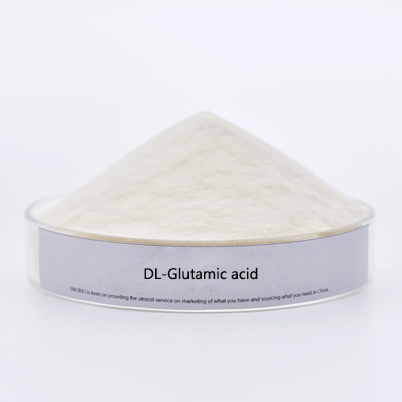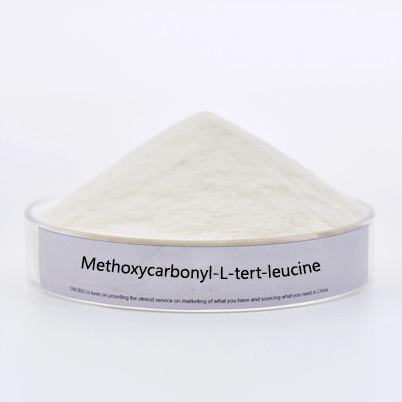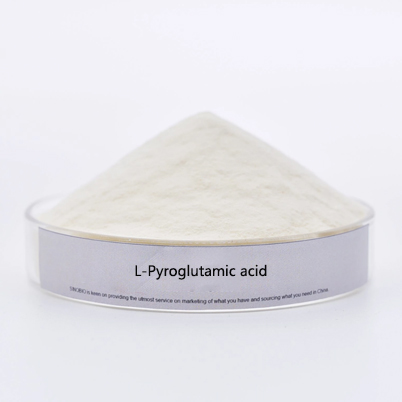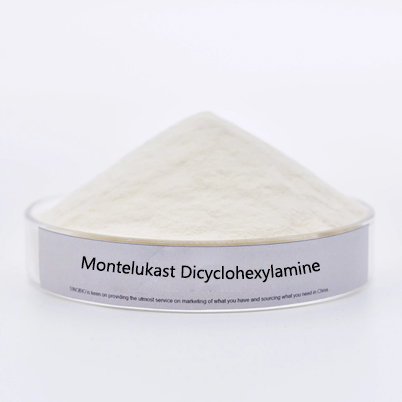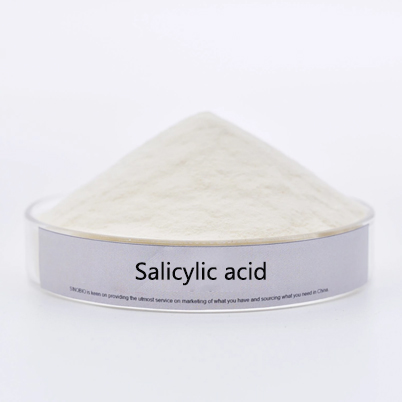- E-mail : info_medicalmarketing@jindunmedical.com
- Phone : +86 21 64057580
- Address : Shanghai China
Is gabapentin effective in treating neuropathic eye pain due to dry eye?
Dry eye is a common cause of chronic eye pain, which is associated with ocular discomfort, pain and visual impairment due to tear dysfunction and ocular surface injury. Due to the high density and superficial location of corneal injury receptors, damage or dysfunction of corneal somatosensory pathways is considered part of dry eye in some patients. Persistent injury or inflammation of the ocular surface may lead to abnormal activation of ocular sensory fibers, resulting in chronic neuropathic ocular pain. Neuropathic ocular pain is characterized by sensory disturbances (unpleasant abnormal sensations), spontaneous pain, abnormal nociceptive triggers (painful responses to harmless stimuli including light and wind), and nociceptive hyperalgesia (excessive pain to noxious stimuli). Neuropathic mechanisms need to be considered in cases of inadequate response to tear dysfunction treatment.
Central sensitization is the result of sustained activation of injury receptors and peripheral sensitization. Sustained activity of corneal injury receptors promotes the release of glutamate from presynaptic afferent neurons, leading to activation of N-methyl-d-aspartate (NMDA) receptors. Because of its effect on central pain pathways, gabapentin is often used to treat chronic neuropathic pain. Gabapentin is a class I, A-level molecule in the treatment of neuropathic pain that reduces the release of multiple excitatory neurotransmitters and increases the concentration of gamma-aminobutyric acid (GABA) by binding to the presynaptic N-type voltage-gated calcium channel α2δ subunit.
In 2011, a study reported that gabapentin significantly reduced postoperative ocular pain in patients after refractive keratomileusis. More recently, researchers have also studied the effects of gabapentin in patients with dry eye comparing the use of gabapentin. The investigators studied 72 patients at the Neurology and Ophthalmology Clinic at Burdur State Hospital. Patients in the neurology clinic were screened for neurogenic pain using the Pain Detection Questionnaire (PD-Q).The PD-Q was designed to screen for signs and symptoms of neuropathy in the absence of a physical examination, and it is a reliable and validated scale for determining the neuropathic component of a patient's chronic pain.Patients with a PD-Q score >18 were considered positive for neuropathy. All enrolled patients were evaluated according to dry eye manifestations after routine examination in the ophthalmology clinic. Patients were divided into two groups: group 1 (n:36), treated with artificial tears and cyclosporine drops and group 2 (n:36), treated with artificial tears, cyclosporine drops and gabapentin. Patients considered to have severe DED according to the Ocular Surface Disease Index (OSDI) questionnaire (scores 0-100, with higher scores representing greater disability) [11] were treated with artificial tears and cyclosporine drops. Gabapentin treatment was started at 600 mg/day (300 mg twice a day) on day 1, 900 mg/day (300 mg three times a day) on day 2, and titrated to 1800-2400 mg/day as needed for pain relief. Results found that gabapentin treatment significantly improved dry eye assessment test scores and ocular pain compared to surface treatment.
The takeaway from this study is that treatment of patients with severe dry eye should be supplemented with a central medication such as gabapentin. Dry eye should be considered not only limited to the eye, but also systemic treatment. If patients with dry eye do not respond adequately to local surface treatments, neurological factors should be considered. Evaluation of non-ocular neuropathic symptoms may indicate the presence of systemic neuropathy, as well as central sensitization, which is the cause of ocular pain. This provides a new idea for a pharmacological treatment strategy for dry eye.
Reference: Ongun N, Ongun GT. Is gabapentin effective in dry eye and neuropathic eye pain? [Published online ahead of print, May 27, 2019]. Acta Neurol Belg. 2019;10.1007.
-
date
2022-12-05
-
location
Shanghai, China






































